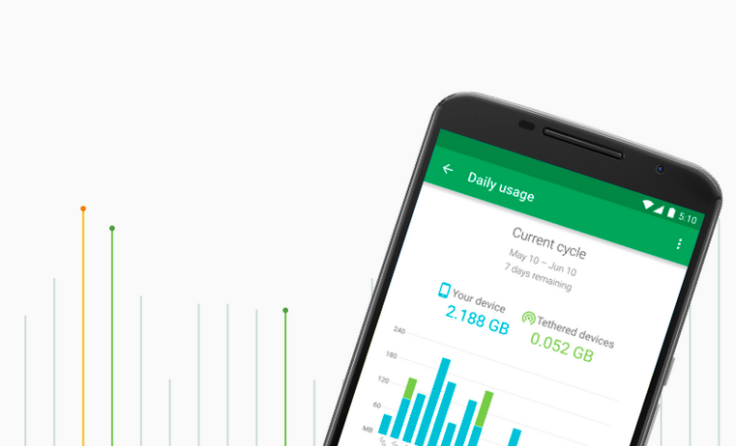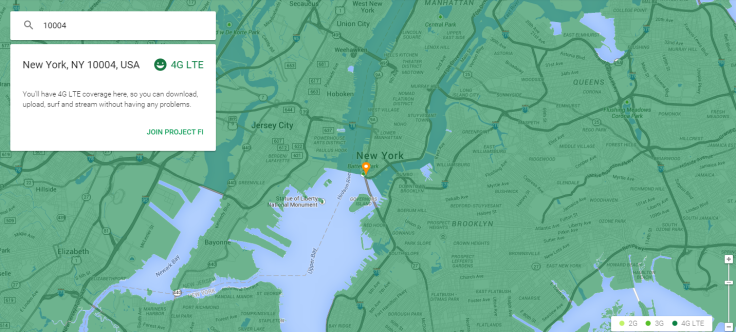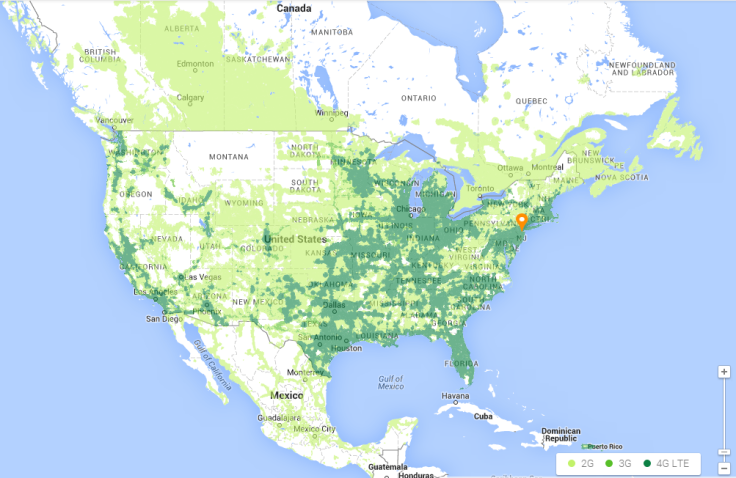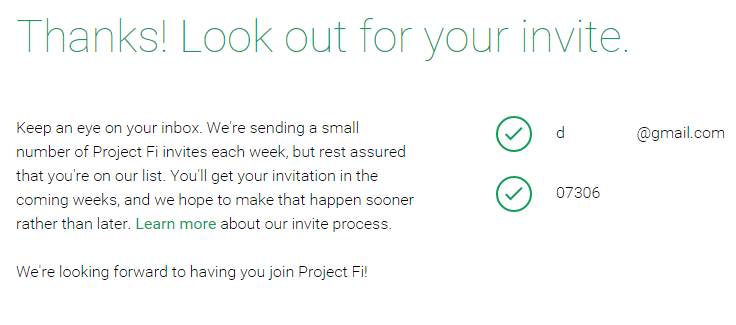Google's Project Fi Is A Great Deal For Wireless Service, But There's A Big Catch

After months of speculation, Google announced Wednesday its wireless network, called Project Fi. The network combines T-Mobile, Sprint and available WiFi networks to create a better connection and pays customers back for unused data. But there's a catch: For now, Project Fi works only with Google's Nexus 6 smartphone, manufactured by Motorola.
Project Fi will offer prices to compete with the major mobile networks. Plans start at $20 a month offering unlimited talk, text, Wi-Fi tethering and international coverage to more than 120 countries. Then users pay a $10 per gigabyte of data; 1GB is $10/month, 2GB is $20/month, 3GB is $30/month, etc.
Users receive a credit for unused data do that they pay for only the data they use. This means if a user uses 1.4GB of data on a $30 3GB data plan, they will receive a $16 credit.
Google has collaborated with mobile carriers T-Mobile and Sprint to bring Project Fi to life. The network enables both Wi-Fi and 4G LTE cellular connections to provide service to customers, using a new technology developed by Google that allows a device to automatically connect to the strongest mobile connection in its area, whether it is Wi-Fi or cellular.
If a Wi-Fi connection is the strongest in an area, Project Fi will connect and encrypt the connection so that users’ data is protected. If a Wi-Fi connection is not available, Project Fi will select between T-Mobile and Sprint the strongest network on to which to connect. This means if T-Mobile is the strongest network near your office, Fi will connect to that network; if Sprint is the stronger network Fi will connect to that network.
In this way, Project Fi works similarly to many Wi-Fi based networks such as Republic Wireless, only that a cellular connection isn’t a fallback for an insufficient Wi-Fi connection. Project Fi favors which ever connection is strongest in a particular area. Additionally, Wi-Fi networks tend to be associated with only one cellular network.

Project Fi will have the most 4G LTE coverage in metropolitan areas. Many areas in the mid-West U.S. and Canada; however, would have to rely on a 2G network. But many have agreed that Google likely doesn’t intend to have Project Fi cater to the masses the way that the major carriers offer their services.

“While Google may not be targeting huge numbers of subscribers, their entry into this market is very important, because it has the potential to disrupt the wireless industry in much the same way Google Fiber prompted changes in the cable and broadband industries,” Rajeev Chand, head of research at Rutberg & Company, a mobile industry-focused investment bank, told the Wall Street Journal Wednesday.
Google is working with T-Mobile and Sprint in particular and other networks say that Project Fi is not a treat to current status quo of mobile carriers. Verizon CFO Francis Shammo said during a conference call last year that Google intends to get more users connected to its search engine more than it wishes to bolster wireless technology, calling Project Fi “just another competitor” prior to its establishment.

Google is starting Project Fi as an invite only Early Access Program. Those interested can request an invite through the Project Fi website. Google plans to send a small amount of invites out each week.
© Copyright IBTimes 2024. All rights reserved.












